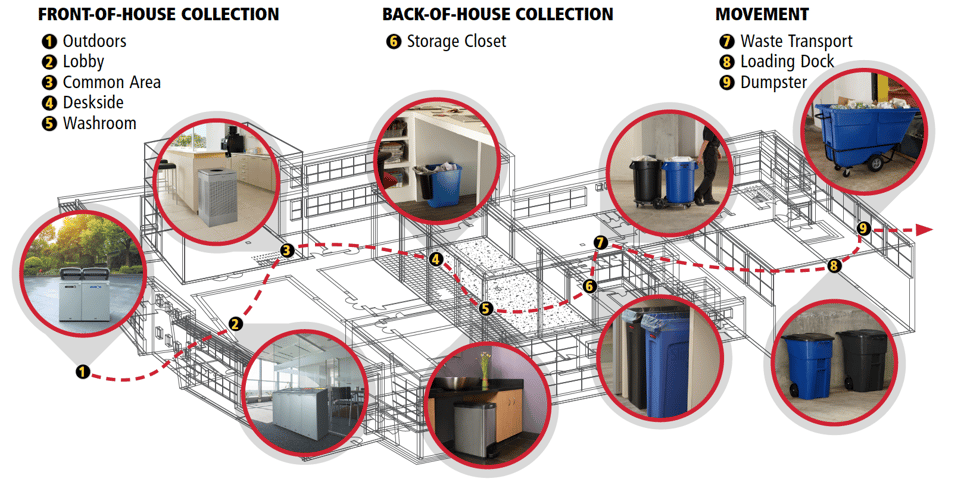Are You on the Path to Zero Waste?
Waste diversion is defined by the EPA as “the prevention and reduction of generated waste through source reduction, recycling, reuse and composting. Waste diversion generates a host of environmental, financial, and social benefits, including conserving energy, reducing disposal costs, and reducing the burden on landfills and other waste disposal methods.”
Any serious conversation on waste diversion will ultimately lead to the topic of “zero waste”. The idea of zero waste is to look at the complete life cycle of a product, so that is designed in such a way that it can be manufactured and then used, reused, repurposed and/or recycled so that it never has to be sent to be discarded in the landfill.
Composting is needed to play a key role in achieving any zero waste initiatives. Composting is a biological process of breaking up organic matter such as food waste, coffee grounds, landscape waste, and paper (among other materials), and is sometimes described as “nature’s way of recycling.”
Waste can be diverted from going to the landfill by making procurement choices which consider source and packaging reduction, implementing a recycling program which diverts all recyclable materials in the facility, and then composting the materials which are eligible, such as food and landscape waste (even paper towels are compostable!). Then “close the circle” by purchasing items with post-consumer recycled content – and then start the whole process over from the beginning.
So where should you start?
WAXIE’s vendor partner Rubbermaid has designed a customizable recycling system that can be tailored to your facility – this system is called Configure™ and includes a full breadth of front- and back-of-house products to facilitate the collection and movement of waste and recyclables.
Flow of Waste

Please download a copy of the Configure system here.


